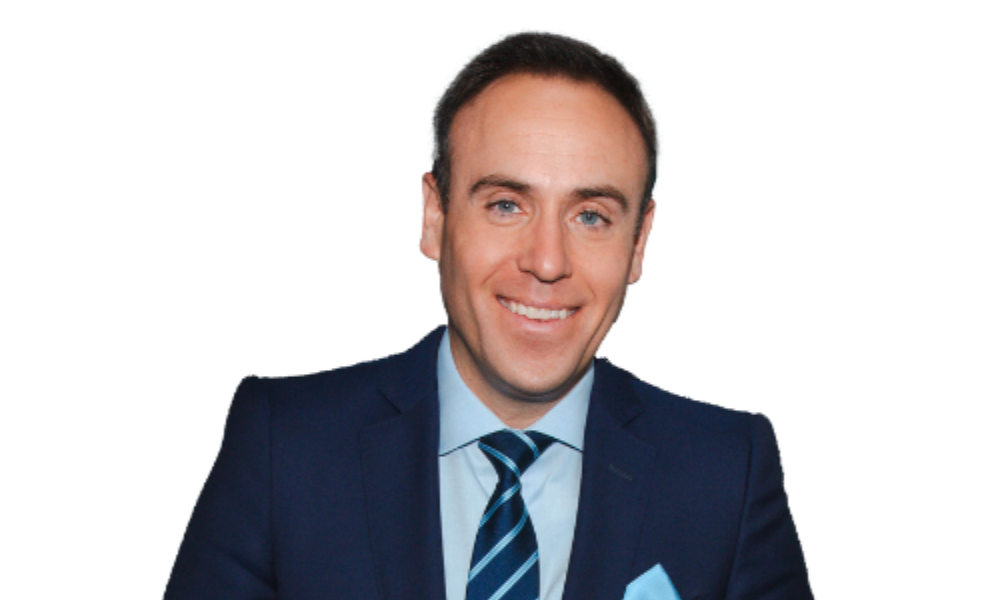In at least one corner of the ETF space, the price tag is just one factor that investors pay attention to

For years, ETF providers have used low pricing as a sure-fire way to lure investor inflows, with the cheapest funds usually being assured a place among the leaders in their category. But recent research suggests that ETF investors are starting to look beyond the price tag — and that’s become evident among one category of funds.
“Year-to-date, physical gold ETFs have brought in more than US$1 billion in new net investment assets,” said ETF.com. “But these flows have bucked precedent, in that the cheapest fund on the market isn’t the one raking in cash.”
Focusing on US-listed funds, the report noted the US$904-million Aberdeen Standard Physical Swiss Gold Shares ETF (SGOL), which slashed its fees from 0.39% to 0.17% in December, as the cheapest physical gold ETF on the market; it effectively undercut the US$467 million GraniteShares Gold Trust (BAR), the previous low-price leader with an expense ratio of 0.1749%.
“Rather than usher in a wave of new investor cash, however, SGOL has limped along since its fee cut, bringing in just US$45 million in new net assets since Dec. 1, 2018,” ETF.com said. “Meanwhile, BAR has brought in US$144 million over the same period.”
2018 was marked by a spate of horse-jockeying among US gold ETF providers. The US$654 million SPDR Gold MiniShares Trust (GLDM) and the US$109 million Perth Mint Physical Gold ETF (AAAU) both launched with an expense ratio of 0.18%. That prompted BAR to retake leadership by cutting its own expenses from 0.2% to 0.1749%, making it the leader until SGOL’s move.
In spite of BAR’s relative cheapness, GLDM and the US$12.7-billion iShares Gold Trust (IAU)— which has a 0.25% expense ratio — are still seeing significantly larger inflows. The two funds have collected US$849 million and US$248 million in new assets year-to-date, respectively. In addition, AAU has collected a paltry US$17 million in new net inflows year-to-date, despite having the same expense ratio and launching at the same time as GLDM.
The X-factor in this case, according to ETF.com, is gold-per-share ratio. By looking at the metric unique to the physical gold space, savvy investors can see that each share of GLD represents 1/10th of an ounce of gold metal, whereas each share of GLDM represents 1/100th of an ounce.
“A smaller gold-per-share ratio brings down the ETF’s share price, making it possible for investors with smaller asset bases to allocate meaningfully to gold,” the report explained. That makes executing smaller trades as part of a buy-and-hold allocation strategy — something that robo platform users or firms that espouse ETF portfolio models may find especially useful.
A smaller gold-per-share ratio won’t necessarily appeal to short-term or opportunistic traders, for whom liquidity trumps low expense ratios. “[T]he more shares you have to buy for the same amount of money, the higher your trading costs become,” said Greg Collett, director of investment products for the World Gold Council.
Possessing the same gold-per-share ratio as GLD at half the cost, BAR has caught the eye of some traders, which explains its inflows of US$445 million over the past 12 months. There’s also its lower spread (0.06%, compared to 0.08% for GLDM), as well as a lower creation unit size (10,000 shares vs. 100,000 shares) that makes creating bulk trades in discrete sizes easier.
“That may also be part of the reason BAR has amassed assets at SGOL’s expense, as the two ETFs have the same gold-per-share ratio as GLD, but new shares of SGOL can only be created in blocks of 50,000 shares or more,” ETF.com said.



